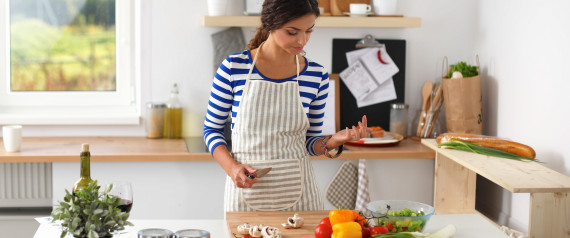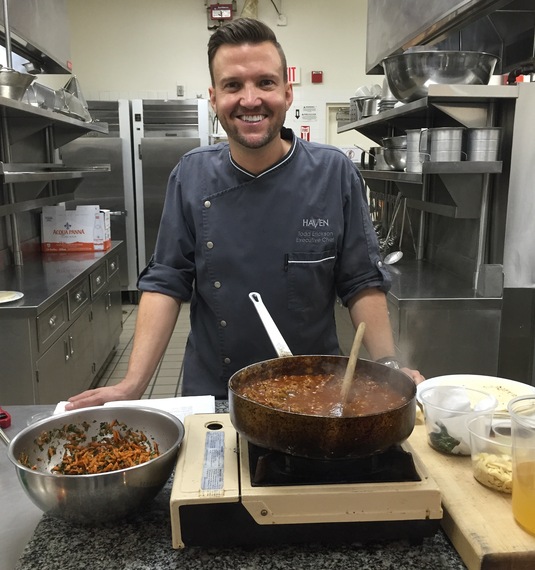
There's nothing quite like a home-cooked meal. Childhood memories of mom's chicken noodle soup or nana's chocolate sheet cake - certain foods, their taste and smell evoke memories and take us back in time. There is something so satisfying about cooking and baking for the people I love, passing on good vibes and creating a treasure chest of food memories to have forever.
The benefits of home cooking are clear - a recent study suggests that people who cook at home frequently eat healthier and consume fewer calories than those who cook less and eat out regularly. For families, cooking at home can translate into time to both prepare and create meals together; an enjoyable experience to be shared with loved ones.
For busy parents, cooking can be a daily ritual that allows for quality bonding time, while also carrying out a task that needs to be completed - two birds, one stone. Furthermore, according to a Cornell article in their Parenting in Context series, children who participate in family mealtime are 12% less likely to be overweight and more likely to eat healthy foods, succeed academically, and have improved mental health. Despite the numerous health benefits of home cooking, many Americans struggle to take on the task.
Key Ingredient, a free online cookbook system with more than 1 million subscribers, was created to simplify and streamline the experience of preparing homemade meals. In 2014, a random sample of Key Ingredient users (2,287 responses), found that only 22% of participants actually cooked these recipes after saving them to their Key Ingredient Cookbooks. Why aren't more people cooking at home?
Safety First
Richard Ingraham, private chef for the Miami Heat's Dwyane Wade, had some tips for cooks to keep all of their fingers as he taught a hands-on, jazzed up shrimp and grits class with his infectious positive energy. Our Common Threads kiddos swarm him every time he walks into the kitchen with total devotion and pay complete attention to him in class.

1. Keep your knives sharpened, because dull knives can be dangerous. To those of you new to this classic kitchen caveat--this may seem like a contradiction, but, because dull knives can often resist our chopping and slicing efforts, their use can lead to knife slippage that could potentially catch some skin.
2. When using a cutting board, keep a wet towel underneath. This will keep the board in place and protect your beautifully chopped fruits, veggies, and lean meats from ornamenting the floor.
3. If a knife should fall, let it drop. Do not try to catch it. As the old saying wisely warns, "A falling knife has no handle."
4. Keep your knives separate from other pans and dishes in the sink. This easy tip can protect you from the misfortune of grabbing (a now perfectly sharpened) knife hidden beneath the dirty dishes.
5. When done washing do not dry your pots and pans manually. Letting them air dry prevents cross-contamination.
No comments:
Post a Comment